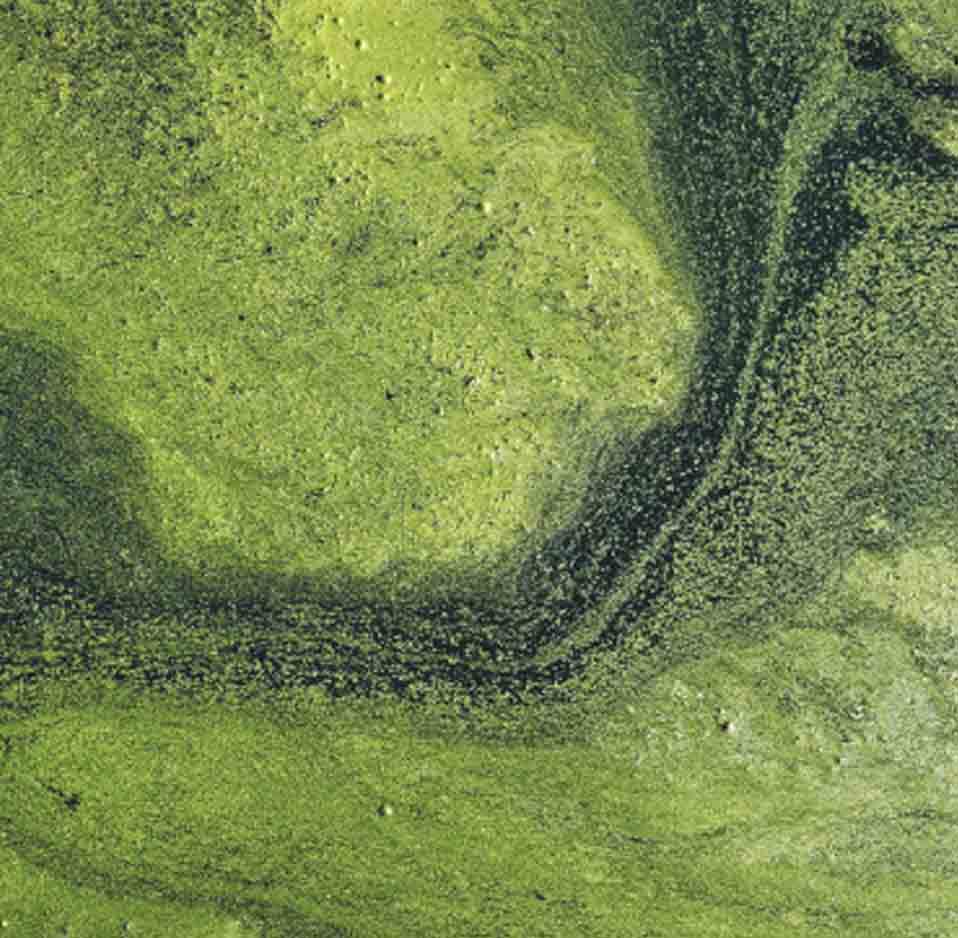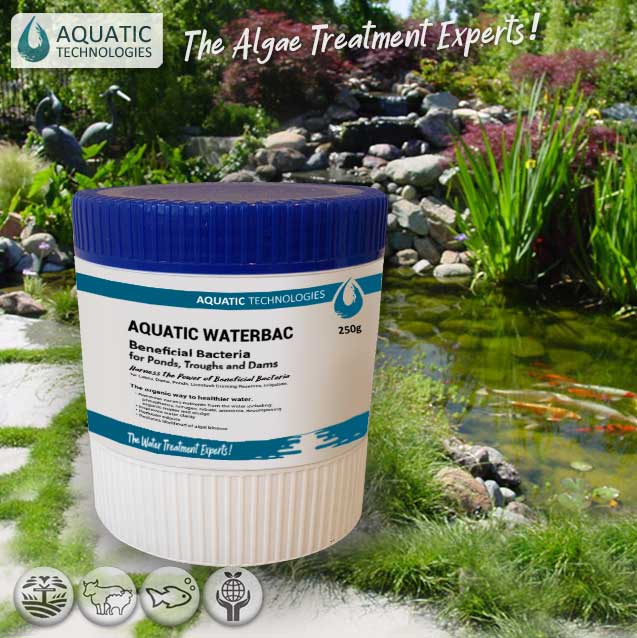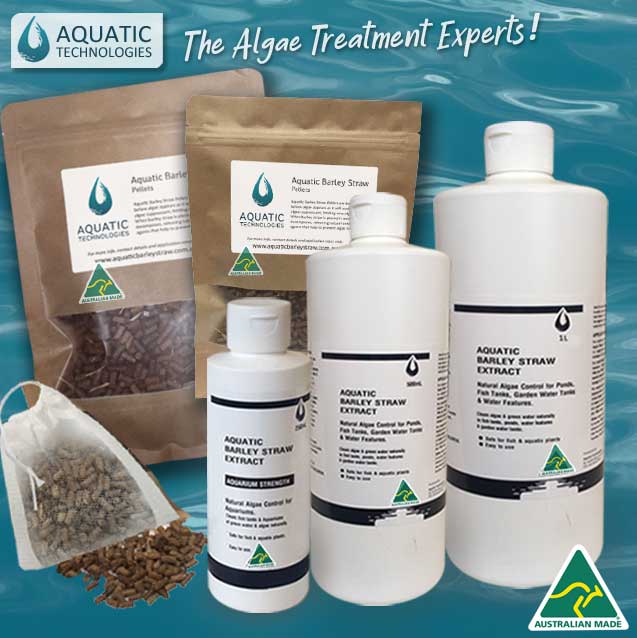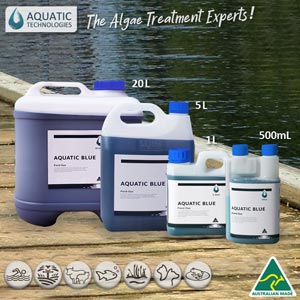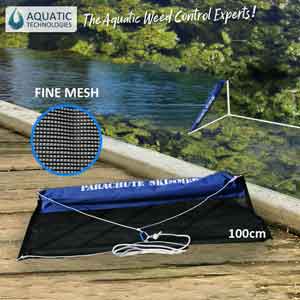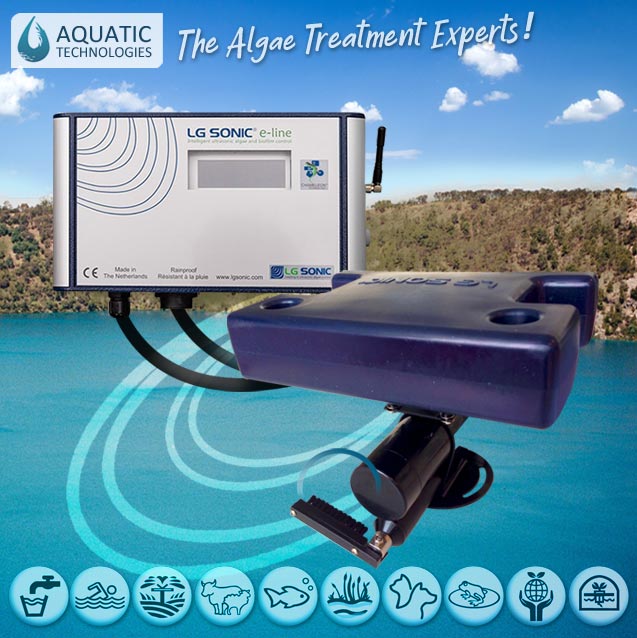Aquatic algae control
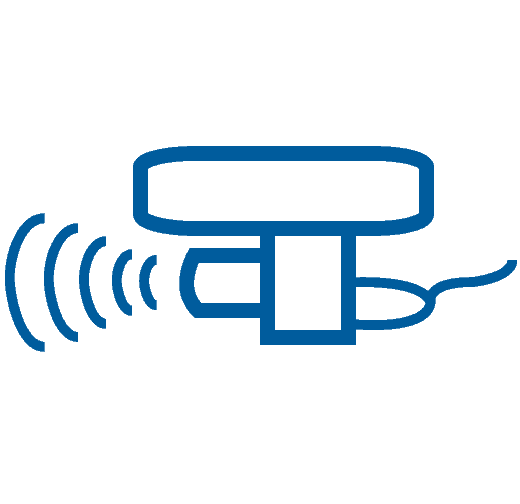
Ultrasonic Algae Control

Physical Algae Control

Suppressants and Other Treatments
Classify Your Algae Type
In freshwater, there are two main types of algae commonly encountered. These can be broadly categorised as Macroalgae and Microalgae.
Macroalgae (Filamentous Algae)
Filamentous algae is green in appearance and sometimes brownish in colour if exposed to strong sunlight. It appears floating on the water’s surface, amongst submerged rocks or in the shallows of dams and lake edges and is stringy.
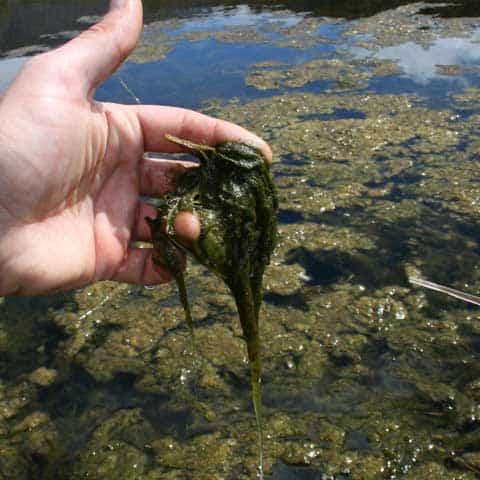
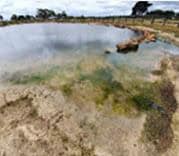
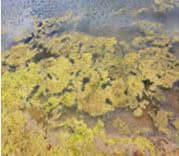
Microalgae (Green, Bluegreen Algae)
Microalgae is a much broader group of algae. It can vary from flecks through the water column, to the water turning entirely green, to what looks like oil slick or paint across the surface. It is important to know the difference between green and bluegreen algae as bluegreen can be toxic.

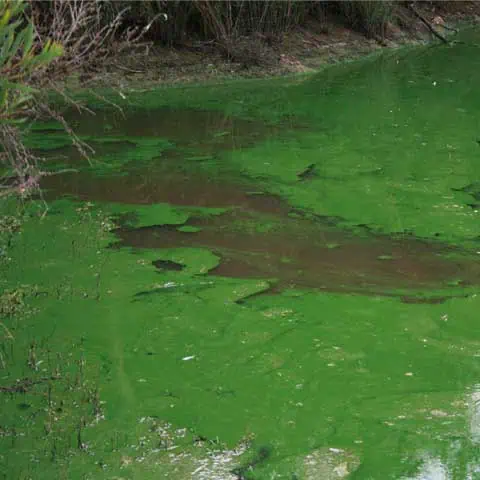
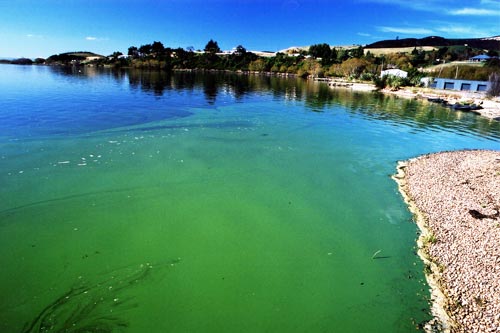
What are Algae? Bacteria or Plant?
Algae (singular: ‘alga’) are often described as plant-like organisms that contain chlorophyll and various other colouring pigments. This combination allows algae to trap light from the sun, which it uses to produce its own food. That’s right – algae also use photosynthesis, just like regular plants.
Algae can exist as both single-celled and mulitcellular organisms. Occurring in freshwater, saltwater and on the surfaces of soil and rocks, that signature ‘slimy’ feel of algae, whether you find it, is caused by pectin and cellulose that make up its structure.
Did You Know?
Most seaweeds are actually algae and some types of giant kelp seaweed actually form structures that service an entire ecosystem!
Other Types of Algae
Although often referring to aquatic plants, the term ‘algae’ is today broadly used to describe a number of different organism groups. To be exact, there are seven divided groups or organisms that count as algae.
- Euglenophyta (Euglenoids)
- Chrysophyta (Golden-brown algae and Diatoms)
- Pyrrophyta (Fire algae)
- Chlorophyta (Green algae)
- Rhodophyta (Red algae)
- Paeophyta (Brown Algae)
- Xanthophyta (yellow-green algae)
Some types of algae can grow in the dark – this is called ‘heterotrophic growth’. They do this with the help of sugar or starch.
Sunlight and Algae
Using a process called ‘autotrophic growth’, algae use the sun’s energy to photosynthesise.
This process creates what’s known as ‘biomass’, allowing algae to expand its size and grow indefinitely.
Reproduction
Algae can reproduce in a number of different ways: asexually, sexually and by vegetative methods.
Asexual reproduction involves the creation of a motile spore, while simple vegetative reproduction happens when cells divide through mitosis. The latter is how algae can create colonies of identical offspring. Finally, sexual reproduction in algae happens through the union of gametes – these are created by each parent individually through what’s known as ‘meiosis’.


